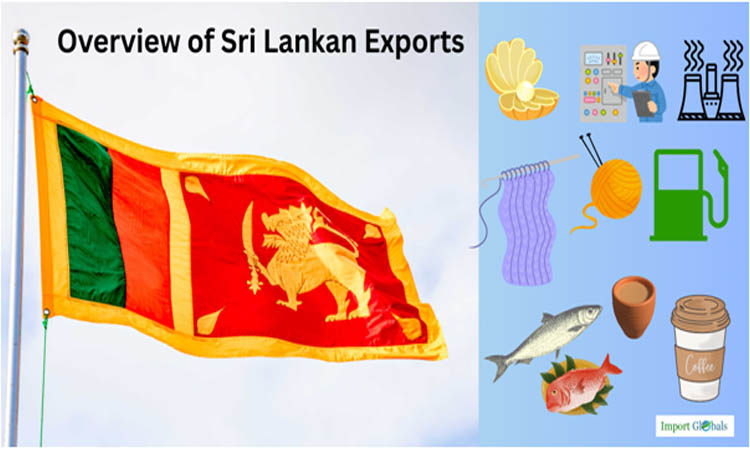
- Jun 14, 2025
Overview of Sri Lankan Exports: A Comprehensive Study of the Nation's Export Outcomes
The island nation of Sri Lanka, which is ideally situated in the Indian Ocean, has long been recognized for its wide range of exports, which include more contemporary services like information technology and knowledge-based businesses as well as more traditional items like tea and textiles. This in-depth blog will examine Sri Lanka Export Data from 2020 to 2025, looking at its main exports, growth patterns, important markets, export difficulties, and strategic ramifications. We will also offer HS codes for a range of exported goods, up-to-date information on Sri Lanka's top exports, and a prediction for the upcoming years.
Data & Export Turnover for Sri Lanka, 2020–2024
An important part of Sri Lanka's economy, the export industry makes a substantial contribution to the nation's GDP. According to a report by Import Globals on Sri Lanka Import Export Trade Data, the nation has demonstrated incredible fortitude over the last five years despite some difficulties, including the COVID-19 pandemic, political unrest, and economic troubles. Nonetheless, Sri Lanka's export revenue has continued to expand steadily.
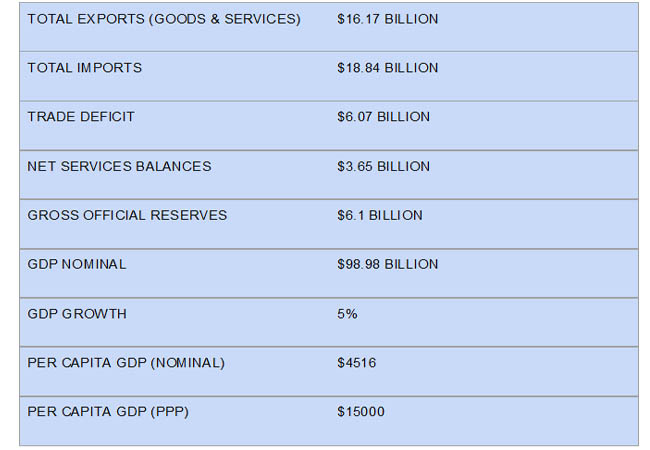 A study by Import Globals on Sri Lanka Import Customs Data shows that while services exports, especially in the ICT and tourist sectors, are growing significantly, merchandise exports account for a larger portion of the country's export revenue.
A study by Import Globals on Sri Lanka Import Customs Data shows that while services exports, especially in the ICT and tourist sectors, are growing significantly, merchandise exports account for a larger portion of the country's export revenue.
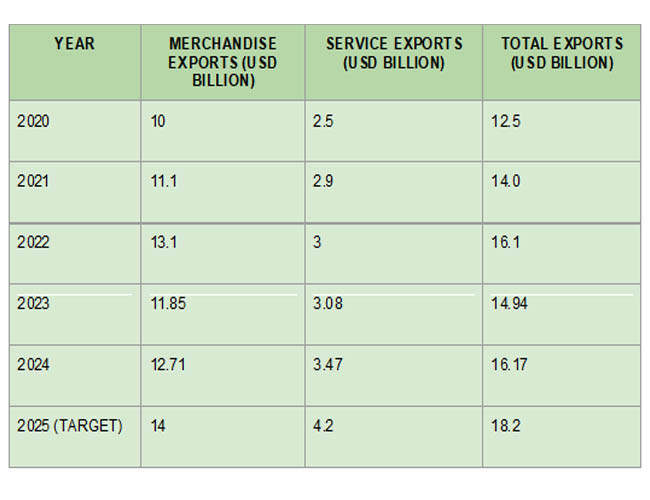
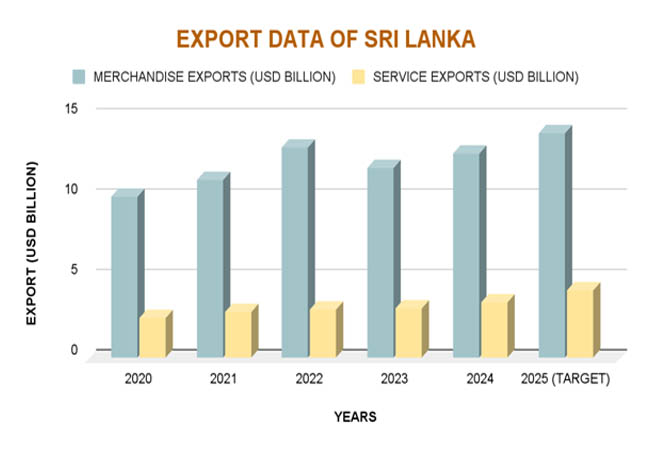
Sri Lanka's Principal Export Markets
With important partners in Asia, Europe, and North America, Sri Lanka has established a variety of export markets. According to the Sri Lanka Import Trade Analysis, the United States is Sri Lanka's top export destination, followed by Germany, India, and the United Kingdom.
According to Import Globals' Sri Lanka Export Data, these markets support Sri Lanka's export growth, and the country has been attempting to broaden its reach through more trade agreements and economic cooperation.
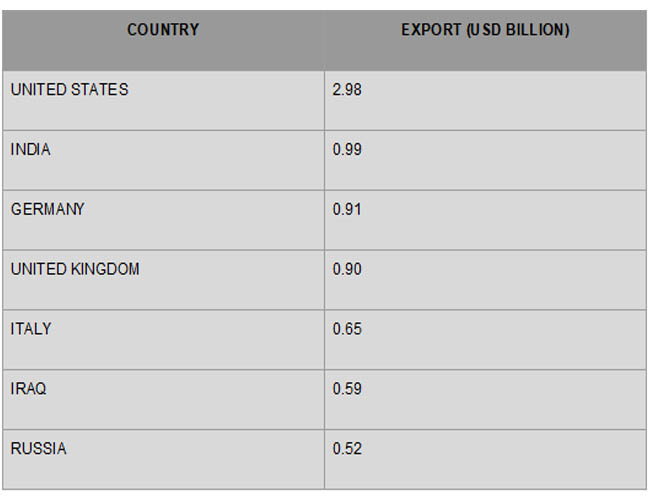
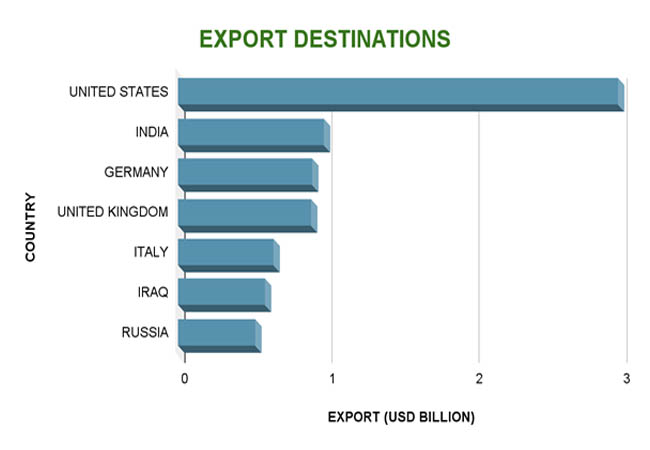
Important Export Product Types
Sri Lanka exports a wide range of items, including both contemporary industrial goods and traditional agricultural products. According to Import Globals' Analysis on Sri Lanka Import Data, the most important categories are information technology services, tea, textiles, and rubber goods. Some of the most significant exports are highlighted in the following table, along with the corresponding HS codes and export values.
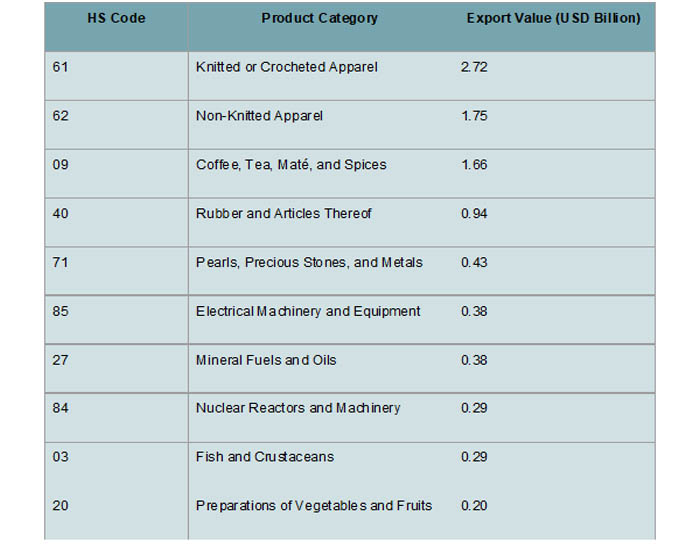
Sri Lanka's Top Export: Tea
Tea is one of Sri Lanka's most popular exports, and the nation is the major supplier of Ceylon tea worldwide. Tea exports accounted for a sizeable amount of Sri Lanka's total export earnings in 2024, at USD 1.43 billion. Import Globals' Study on Sri Lankan Import Trade Statistics estimates that the country exported over 245.7 million kilos of tea overall, with an average export price of USD 5.83 per kilogram.
With expanding markets in the Middle East and Eastern Europe, the top three countries that still purchase Sri Lankan tea are Iraq, Russia, and the United Arab Emirates. The Middle Eastern market for Ceylon tea is growing, as seen by the 14% growth in exports to the United Arab Emirates, according to the Import Globals Report on Sri Lanka Export Import Global Trade Data. Nonetheless, there was an 8% decrease in shipments to Turkey in 2024, indicating some variation in local demand.
This change can be attributed in part to emerging economies' increasing demand for specialty teas, which gives Sri Lanka the chance to investigate new premium markets.
Strategic Consequences for the Export Industry in Sri Lanka
Several significant causes are causing a transition in Sri Lanka's export industry, including:
Trade liberalization: To expand its export markets, Sri Lanka is aggressively seeking trade agreements and alliances. It is anticipated that initiatives like the free trade agreement with India and prospective accords with China and ASEAN nations will increase Sri Lanka's presence in Asian markets.
Focus on Value Addition: According to a study conducted by Import Globals on Sri Lanka Import Shipments Data, Sri Lanka is putting more of an emphasis on value-added products, particularly in the tea, rubber, and coconut industries, to increase export earnings. Sri Lanka can gain a larger and more profitable portion of international markets due to these high-value items.
Technology and Innovation: In recent years, the ICT services industry has grown remarkably. With the help of its highly qualified workforce, Sri Lanka is establishing itself as a regional center for software development, business process outsourcing (BPO), and IT outsourcing, according to Sri Lanka Import Export Trade Analysis.
Political Stability: Increasing investor confidence and drawing in foreign direct investment (FDI) depend on political stability. The goals of recent political events, such as the economic changes implemented by President Ranil Wickremesinghe, are to promote commerce and stabilize the economy.
Export Base Diversification: According to Sri Lanka Export Import Global Trade Data, an excessive dependence on a small number of industries, including clothing and tea, makes the country susceptible to changes in international markets. As a result, Sri Lanka is promoting diversification into industries including information and communications technology, jewelry and gems, and boat building.
Challenges with Sri Lanka's Export Industry
Even though Sri Lanka's export industry has done well recently, several issues still exist:
Tariff Barriers: According to an Import Globals assessment on Sri Lanka Import Data, the export industry is seriously threatened by tariffs, particularly those imposed by the US on Sri Lankan clothing. Jobs in the garment sector, as well as Sri Lanka's revenue, are impacted by this tax.
Geopolitical Risks: Sri Lanka is susceptible to outside shocks due to its proximity to important geopolitical hotspots in South Asia. Political unrest has the potential to sabotage supply lines and commercial routes, particularly in nearby nations like China and India.
Currency Volatility: Over time, the Sri Lankan Rupee has depreciated significantly, increasing the cost of imports and affecting the cost-competitiveness of exports.
Economic Crisis: According to Sri Lanka Import Export Global Data, the nation's persistent economic crisis, which is made worse by a deficiency of foreign reserves and problems with debt restructuring, continues to be a significant obstacle to steady export growth.
Forecast and Trends in Prices
The value of Sri Lanka's exports is expected to rise steadily over the next five years, reaching USD 18.2 billion by 2025, according to Import Globals' Forecasts on the Sri Lanka Export Data. The following are important elements driving this growth:
- A rise in the market for high-end items (such as specialized teas and rubber goods).
- Diversification into developing markets, such as those in the Middle East and Africa.
- Government changes are intended to promote a business-friendly atmosphere and reduce trade barriers.
Conclusion: The Export Sector's Future in Sri Lanka
Even though it faces several obstacles, Sri Lanka's export industry is resilient and has room to expand. A strong basis for sustained export success is established by the nation's wide variety of export goods and strategic diversification into industries like ICT and knowledge-based services. In the future years, Sri Lanka is expected to enhance its market presence, optimize its trade partnerships, and surmount political and economic obstacles, according to Import Globals' Analysis on Sri Lanka Export Data.
Sri Lanka can meet its aggressive export goals and improve its standing in international markets by concentrating on value addition, fortifying trade agreements, and reducing external threats.
If you are looking for detailed and up-to-date Sri Lanka Export Data, You Can Contact Import Globals.
FAQs
Que. What are the main exports from Sri Lanka?
Ans. Clothing, tea, rubber goods, coconut-based goods, and IT services are among Sri Lanka's biggest exports.
Que. Which nations are Sri Lanka's top export destinations?
Ans. India, Germany, the United Kingdom, Italy, and the United States are some of Sri Lanka's top export destinations.
Que. What obstacles does Sri Lanka have when it comes to exporting goods?
Ans. Trade barriers, exchange rate fluctuations, economic instability, and geopolitical threats that could impede export operations are among the difficulties.
Que. What is the projected growth rate of Sri Lanka's exports in 2025?
Ans. By 2025, Sri Lanka's overall export revenue is anticipated to reach USD 18.2 billion, fueled by expansion in industries like value-added products, ICT, and clothing.
Que. Where to obtain detailed Sri Lanka Export Data?
Ans. Visit www.importglobals.com or email info@importglobals.com for more information on up-to-date Sri Lanka Export Data.
